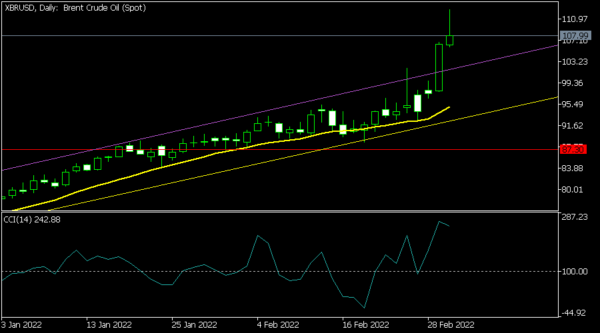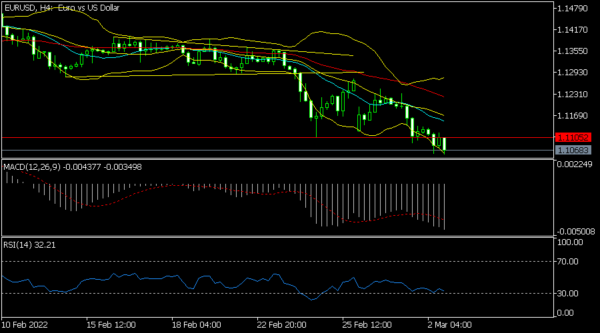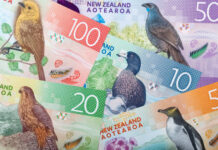The Canadian dollar was little changed in the overnight session after the Bank of Canada decided to hike interest rates. The bank boosted rates from 0.25% to 0.50% in its bid to battle runaway inflation. In a statement, the BOC chair warned that the rate hike will not prevent inflation considering that there is an ongoing war in Europe. Recent economic numbers have been supportive of the Canadian economy. Retail sales have risen while unemployment is moving in the right direction.
Crude oil prices jumped to the highest level in almost a decade as investors reacted to the ongoing situation. The war has isolated Russia, the third-biggest oil producer in the world. At the same time, OPEC+ members have ignored calls by Joe Biden to boost production in a bid to stabilize prices. They will continue adding 400k barrels of oil in the market every month. According to the Energy Information Administration, American inventories crashed by more than 2.59 million barrels last week after rising by more than 4.5 million barrels in the previous week.
The focus among investors today will be Russia/Ukraine. In addition to these, some key economic numbers will likely have a minimal impact on key assets. For example, Markit will publish the latest services and composite PMI numbers from most developed countries. The expectation is that the sector did well in February. In Europe, the ECB will publish minutes of the last meeting while in the United States, the labor department will release initial jobless claims data. Jerome Powell will also testify in Congress.
XBRUSD
The XBRUSD pair continued its bullish trend in the overnight session. It rose to a multi-year high of 113, which was significantly higher than where it started the year. On the daily chart, the pair remains above the 25-day and 50-day moving averages. The commodity channel index and the RSI have all pointed upwards while the pair is above the ascending channel. Therefore, the pair will likely maintain a bullish trend today.
EURUSD
The EURUSD pair continued falling on Thursday morning. It dropped to a low of 1.1063, which was the lowest level since 2020. It has managed to move below the 25-day and 50-day moving averages and is along the lower line of the Bollinger Bands. The MACD has moved below the neutral level. Additionally, the pair moved below the key support level at 1.1100. Therefore, the pair will likely continue falling today.
USDJPY
The USDJPY pair rose to a high of 115.62, which was the highest level since Friday last week. The pair has moved above the short and long-term moving averages while the RSI has pointed upwards. It is also slightly below last week’s high of 115.75. Additionally, it is below the 23.6% Fibonacci retracement level. Therefore, the pair will likely continue rising.














